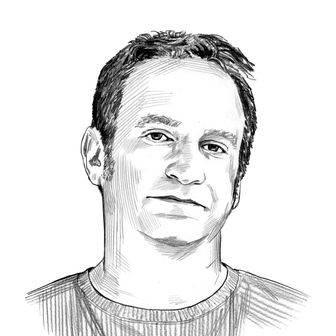
Though this year’s New York City mayoral race is plenty consequential, public interest in the contest — which features a diffuse field of candidates and the debut of ranked-choice voting in the city — has been notably muted.
That lack of enthusiasm was reflected in the first two days of early voting in the primary election.
According to the city’s Board of Elections, only 32,032 New Yorkers voted over the weekend, significantly less than 1 percent of the roughly 3.7 million registered Democrats and 566,000 registered Republicans who are eligible to cast ballots.
A New York Times report noted the distinct lack of crowds among early-voting locations around the city.
Because early voting has never been an option in a mayoral election before — it was only instituted after Democrats took full control of New York government in 2018 — direct comparisons are tricky. As is to be expected, the pace so far is way down from last year’s presidential election, which featured long lines throughout the early-voting period. More than 193,000 people voted during the first two days.
Mayoral elections, by contrast, often feature low turnout. (There are other races on the ballot this year, including for city councilmembers, borough president, and comptroller, but those are lower profile than the fight for Gracie Mansion.) The last time the city held a competitive Democratic mayoral primary, in 2013, only 22 percent of Democratic voters came out. In 2009, when Michael Bloomberg secured a third term, turnout was a mere 12 percent; in 2005, it was 19 percent. So low turnout is the norm, and it’s too early to say whether this year’s version will be more or less civically depressing than usual.
Early voting runs through June 20; the official primary is June 22, though final results may not be known for a long time after.






























